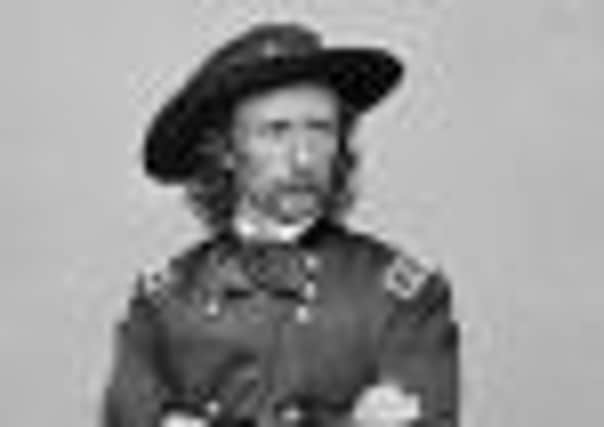Scottish fact of the day: Battle of Little Bighorn


The majority of the 1500 Native American warriors who fought the 7th Cavalry were Sioux and Cheyenne, led by Chiefs Sitting Bull and Crazy Horse. Lauded for his offensive, Custer had in actual fact only succeeded in driving the Sioux back to their Dakota reservation.
The effects of the offensive were felt throughout the world as Custer’s men included recruits from all over Europe, including Scotland.
Advertisement
Hide AdThere were around 10 Scots in the 7th Cavalry at the time of the battle, including four from Edinburgh - John Stuart Hiley, James Hill, William Moodie and David McWilliams.
James Hill survived the battle, dying in 1906 at the age of 80 in the state of Massachusetts.
However, the case of Pte. John Hiley, who died just yards from Custer at the age of 27, is the most interesting.
A search of his belongings revealed his real name to be John Stuart Forbes, the son of banker Charles Hay Forbes and Jemima Rebecca and grandson of a baronet, and he had attended Edinburgh Academy and Rugby public school, before apparently upping sticks to the United States. One theory is that he became consumed by gambling debts, crossing the Atlantic to start a new life, taking the name of his brother-in-law, the Rev. Walter Hiley, to enrol in the US army.
He is one of the few cavalrymen who fought with Custer to have a memorial in his home country - Hiley’s is situated in the north aisle of St John’s Episcopal Church in Princes Street.